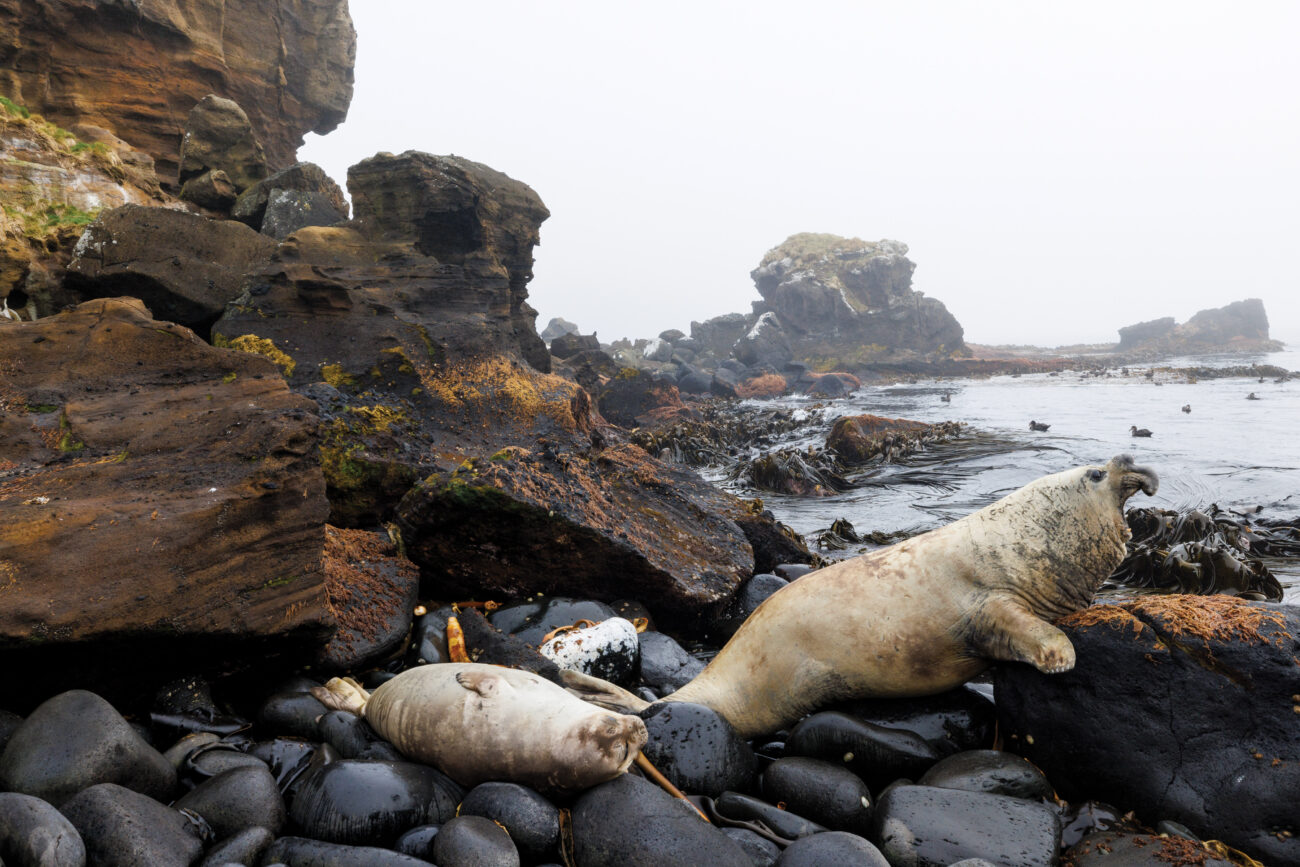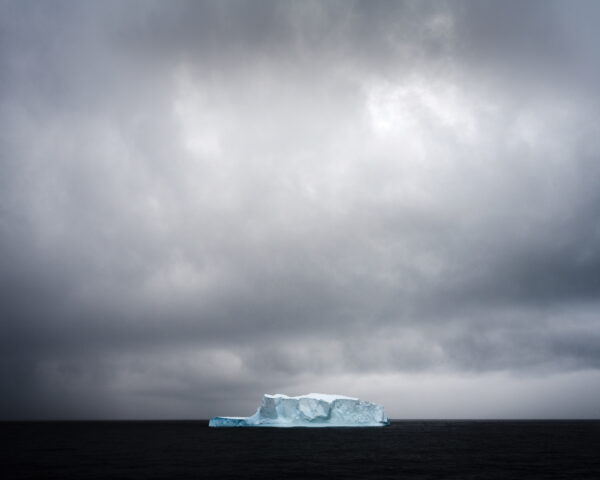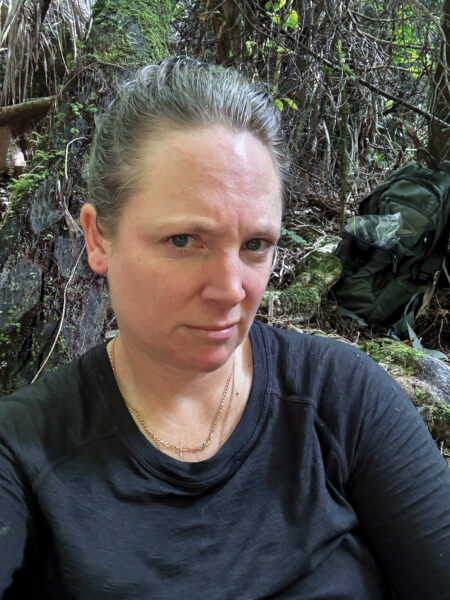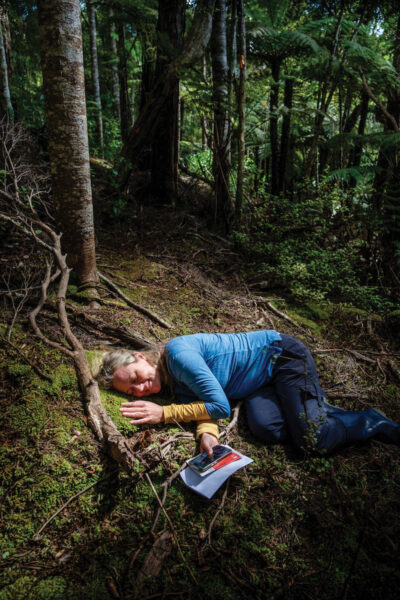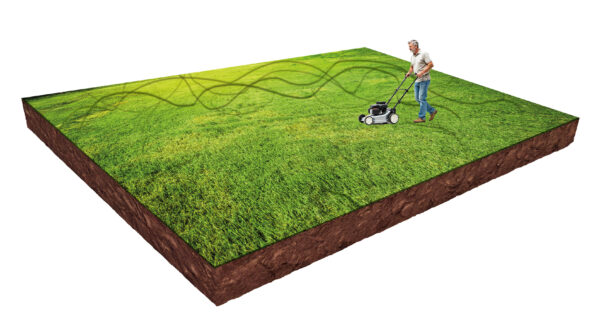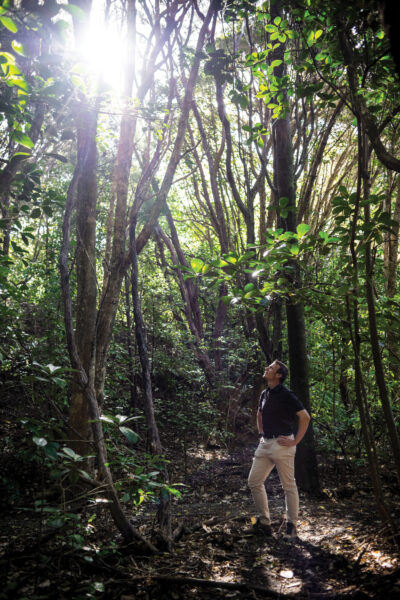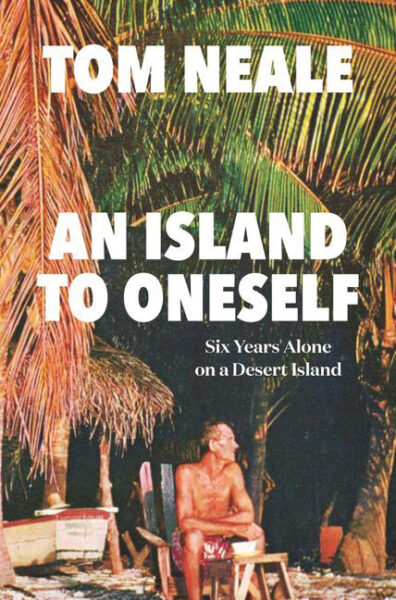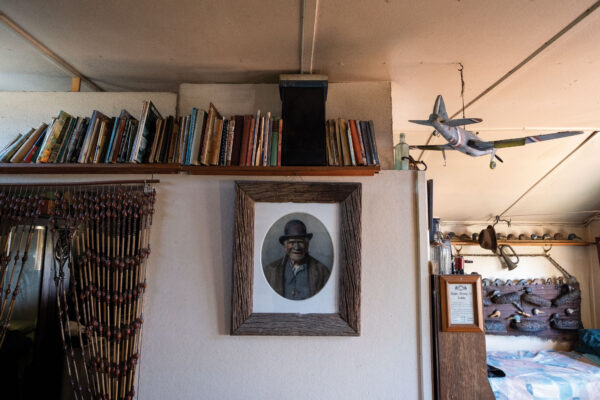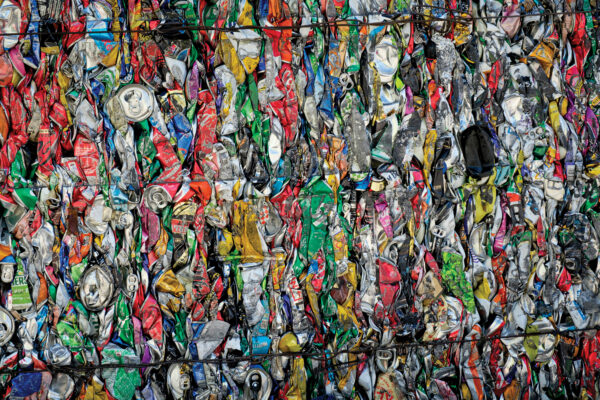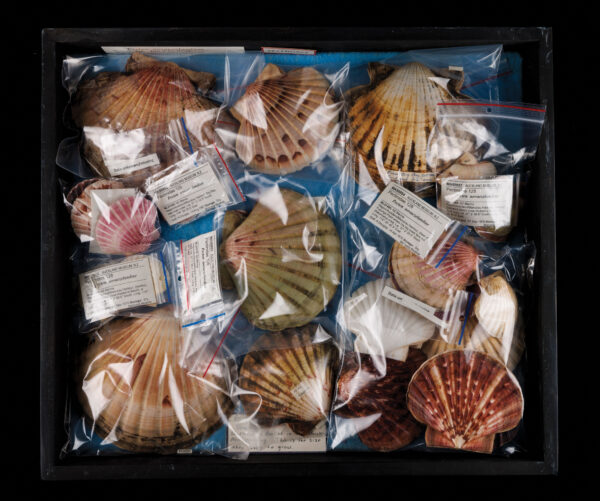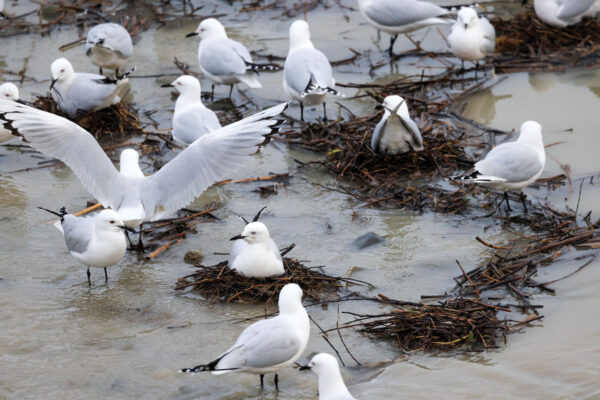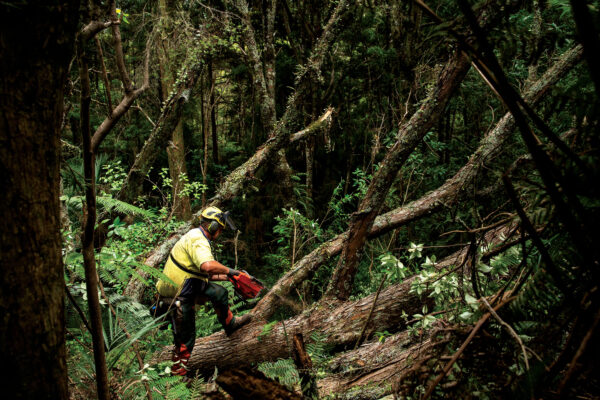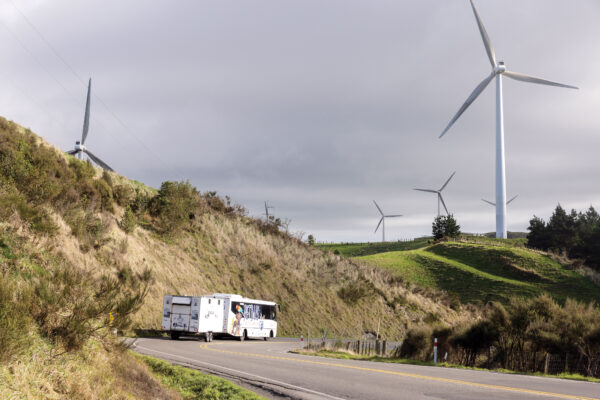The elephant has left the room
These days, it’s rare to spot a southern elephant seal in New Zealand. These hefty mammals—the males can reach five metres and 3.7 tonnes—are now resident only on remote subantarctic islands. But 800 years ago, these giants called Aotearoa home. Arriving on New Zealand shores, Polynesian voyagers would have encountered coastlines crowded with fur seals, sea lions, penguins—and southern elephant seals, says Nic Rawlence, who co-led research recently published in Global Change Biology. The scientists pieced together this prehistoric picture by examining specimens dating back thousands of years. Initially, they thought elephant seals were rare here—their bones were scarce. Most elephant seal bone is like “a thick piece of kitchen sponge with a really thin crust”, says Rawlence, a palaeogeneticist from the University of Otago. “So a lot of it breaks up. It just doesn’t preserve.” But once they began analysing unidentified fragments, elephant seal DNA surfaced in abundance, from sites spanning the far north to the deep south of mainland New Zealand. Using this DNA, the team reconstructed elephant seal whakapapa—an evolutionary tree tracing how populations have changed over time. The work revealed that the giants’ stay here was likely driven by the freeze-thaw rhythms of the last Ice Age. Elephant seals need ice-free beaches to breed, so at the height of glacial periods, the giants moved north to South America, Africa, Australia and New Zealand. Then, as the ice around Antarctica melted, they recolonised subantarctic islands. Most of those that lingered further north were quickly hunted out. Not long after Polynesians arrived, the blubbery behemoths disappeared from mainland New Zealand, leaving an elephant-sized hole in the ecosystem. As a slow-breeding species, they could not handle hunting pressure. Could the elephant seal return one day to Aotearoa, or maybe ice-free parts of Antarctica? “That’s a big if,” says Rawlence. The species may no longer have the critical mass needed to make such a shift—food sources at their closest stronghold, Macquarie Island, are declining due to changes in climate. To Rawlence, the elephant seal is a colossal canary in the Southern Ocean: “if apex predators aren’t doing well, the whole food chain is in trouble.”


